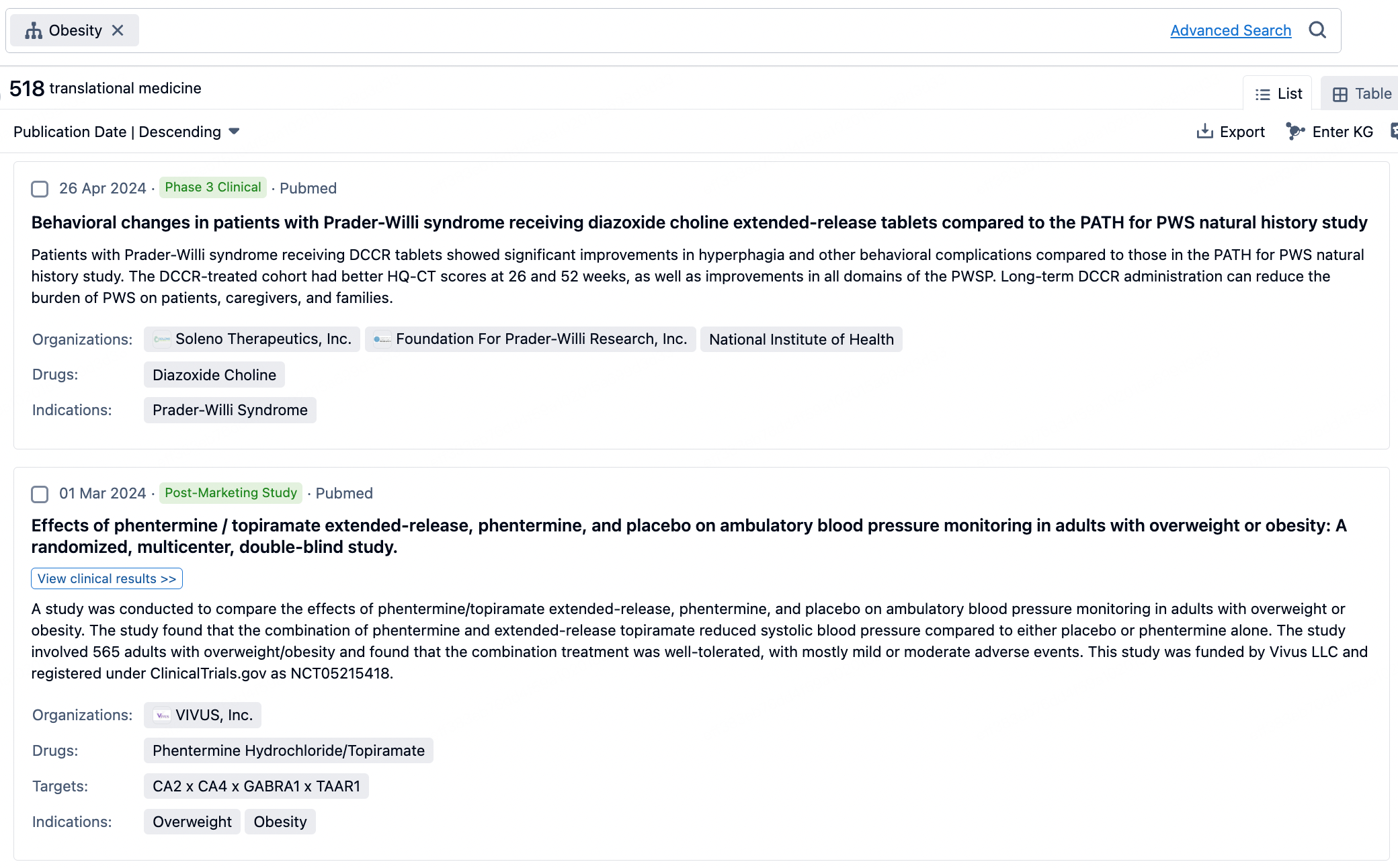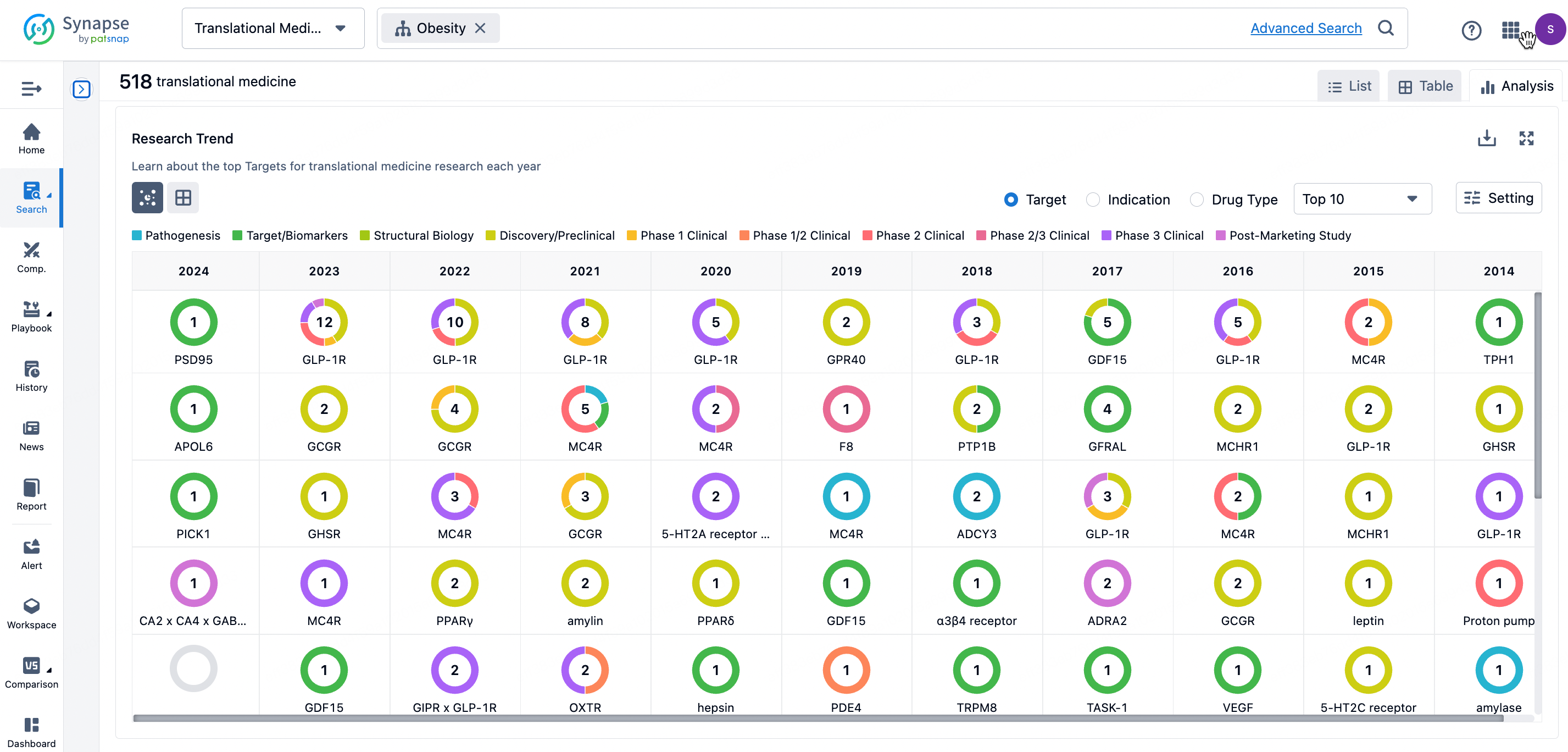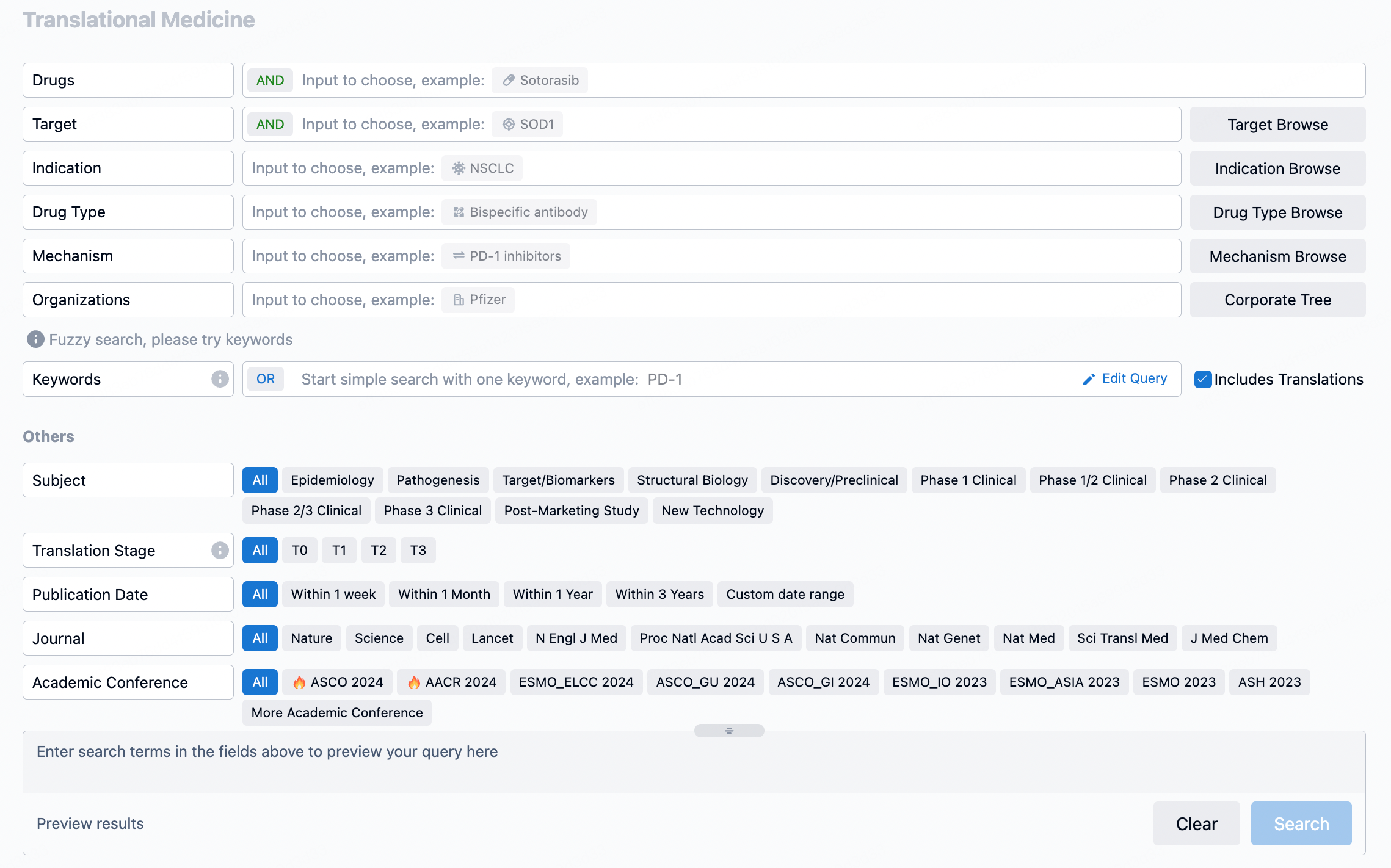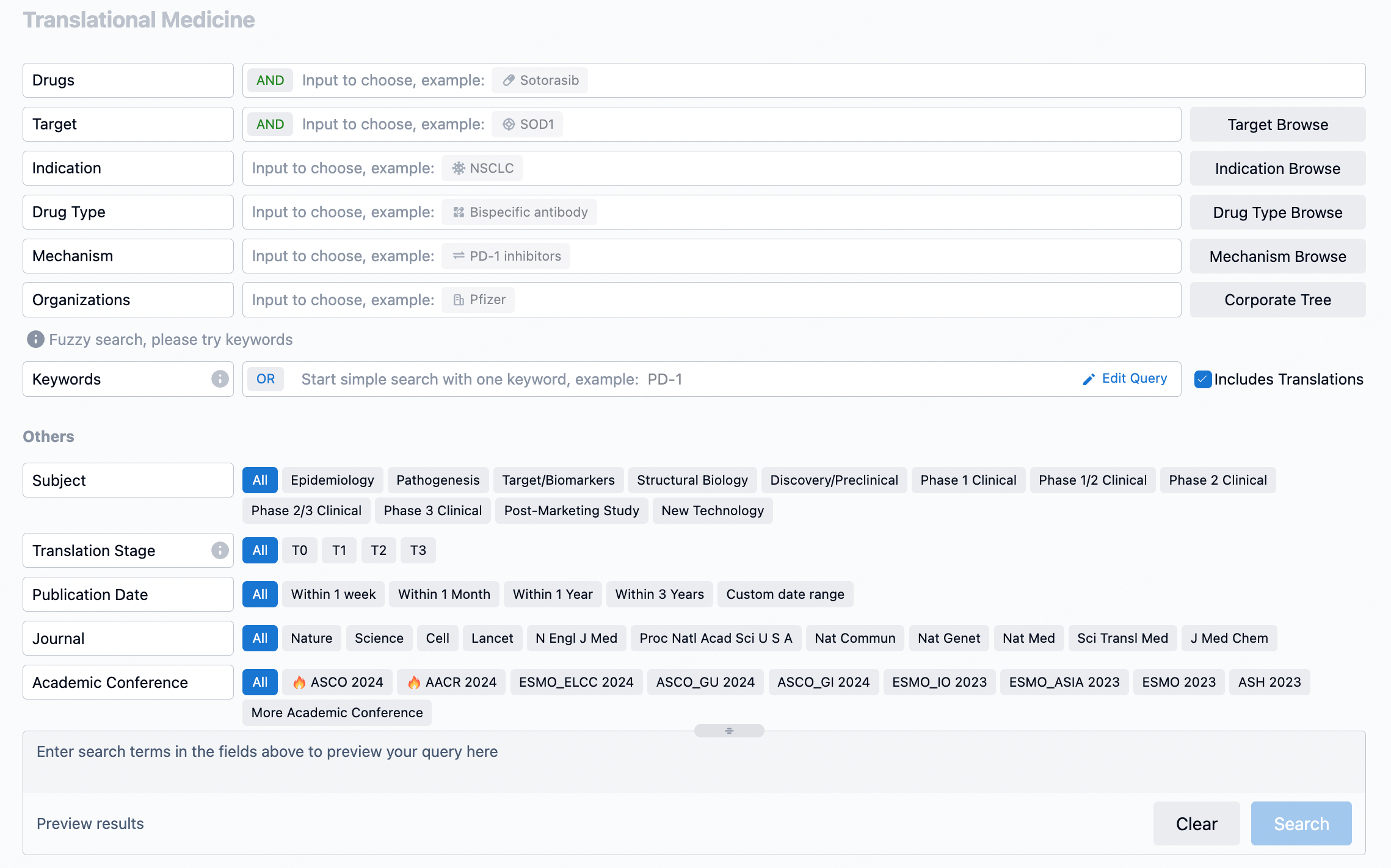Harnessing HERA-LIGHT: Advancing T Cell Immunotherapy through Hexavalent HVEM Agonism
The HERA-LIGHT construct is engineered to closely imitate the natural ligand, with a high capacity for receptor clustering. It consists of a single-chain polypeptide containing the necessary sequences to form a functional trivalent receptor binding domain (RBD). By attaching a silenced IgG1 Fc-domain to the RBD's C-terminus, HERA-LIGHT is created as a hexavalent fusion protein. It has been expressed in CHO suspension cells and purified to produce a homogeneous, aggregate-free product.
HERA-LIGHT has demonstrated the ability to bind both human and murine HVEM receptors, as confirmed by ELISA. It exhibits excellent stability under various stress conditions and has a terminal half-life of 36.5 hours in CD1-mice, indicating a fast clearance rate that could be advantageous for combination therapies and reducing side effects.
In vitro tests have shown that HERA-LIGHT promotes the activation and proliferation of naive effector T cells (Teff), as evidenced by CFSE dilution upon stimulation with anti-CD3 antibody. Importantly, HERA-LIGHT can prevent the suppression of Teff proliferation by regulatory T cells (Treg). In vivo, a murine surrogate of HERA-LIGHT significantly inhibited tumor growth in a CT-26 colorectal cancer model.
In conclusion, HERA-LIGHT's hexavalent design allows for efficient co-stimulation of Teff, even in the presence of Treg cells, and is independent of secondary crosslinking events. As a pure agonist, HERA-LIGHT stands out from current antibody-based therapies and holds promise as a candidate for cancer immunotherapy.
How to Use Synapse Database to Search and Analyze Translational Medicine Data?
The transational medicine section of the Synapse database supports searches based on fields such as drug, target, and indication, covering the T0-T3 stages of translation. Additionally, it offers a historical conference search function as well as filtering options, view modes, translation services, and highlights summaries, providing you with a unique search experience.
Taking obesity as an example, select "obesity" under the indication category and click search to enter the Translational Medicine results list page. By clicking on the title, you can directly navigate to the original page.

By clicking the analysis button, you can observe that GLP-1R treatment for obesity has gained significant attention over the past three years, with preclinical research still ongoing in 2023. Additionally, there are emerging potential targets, such as GDF15, among others.

Click on the image below to go directly to the Translational Medicine search interface.

